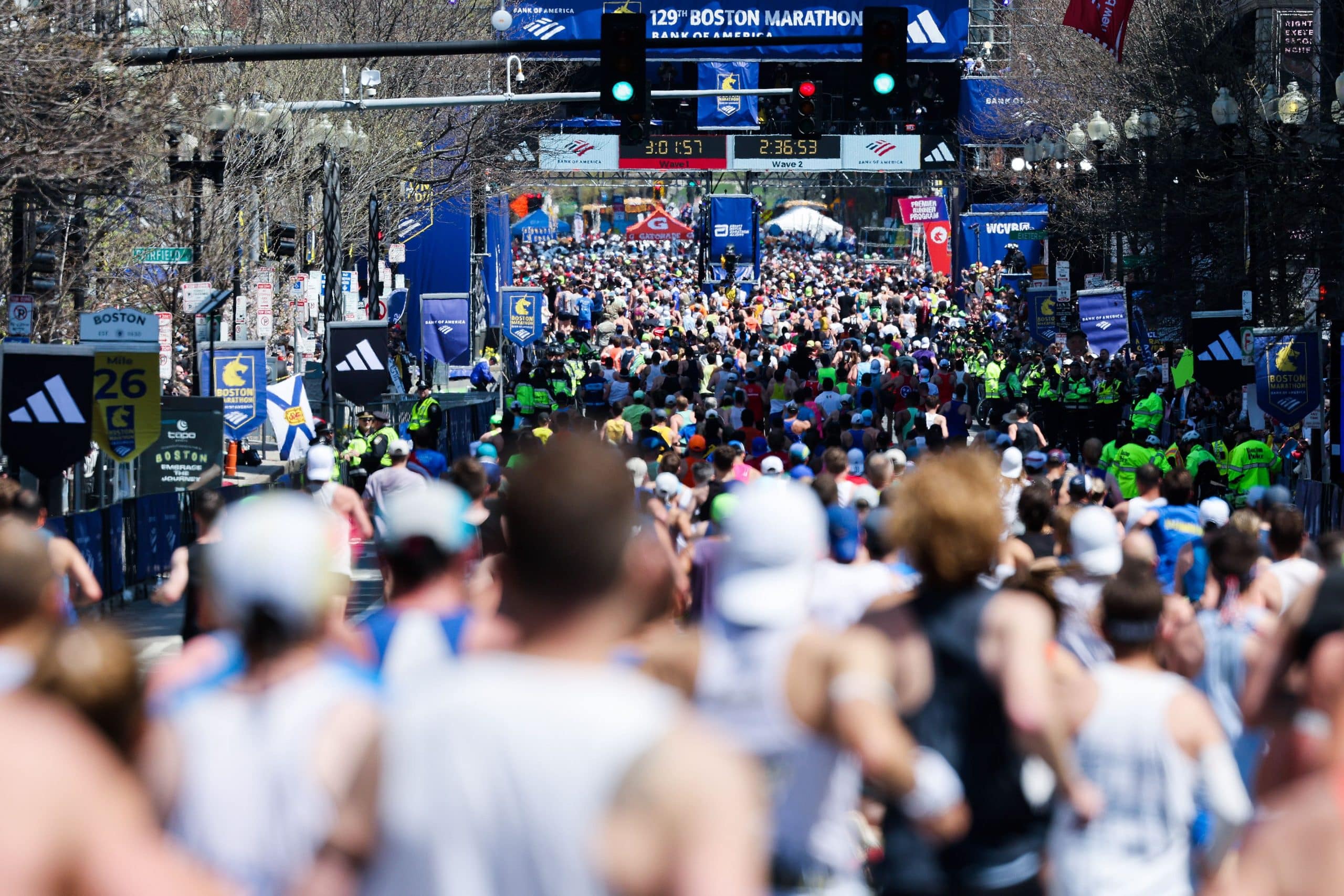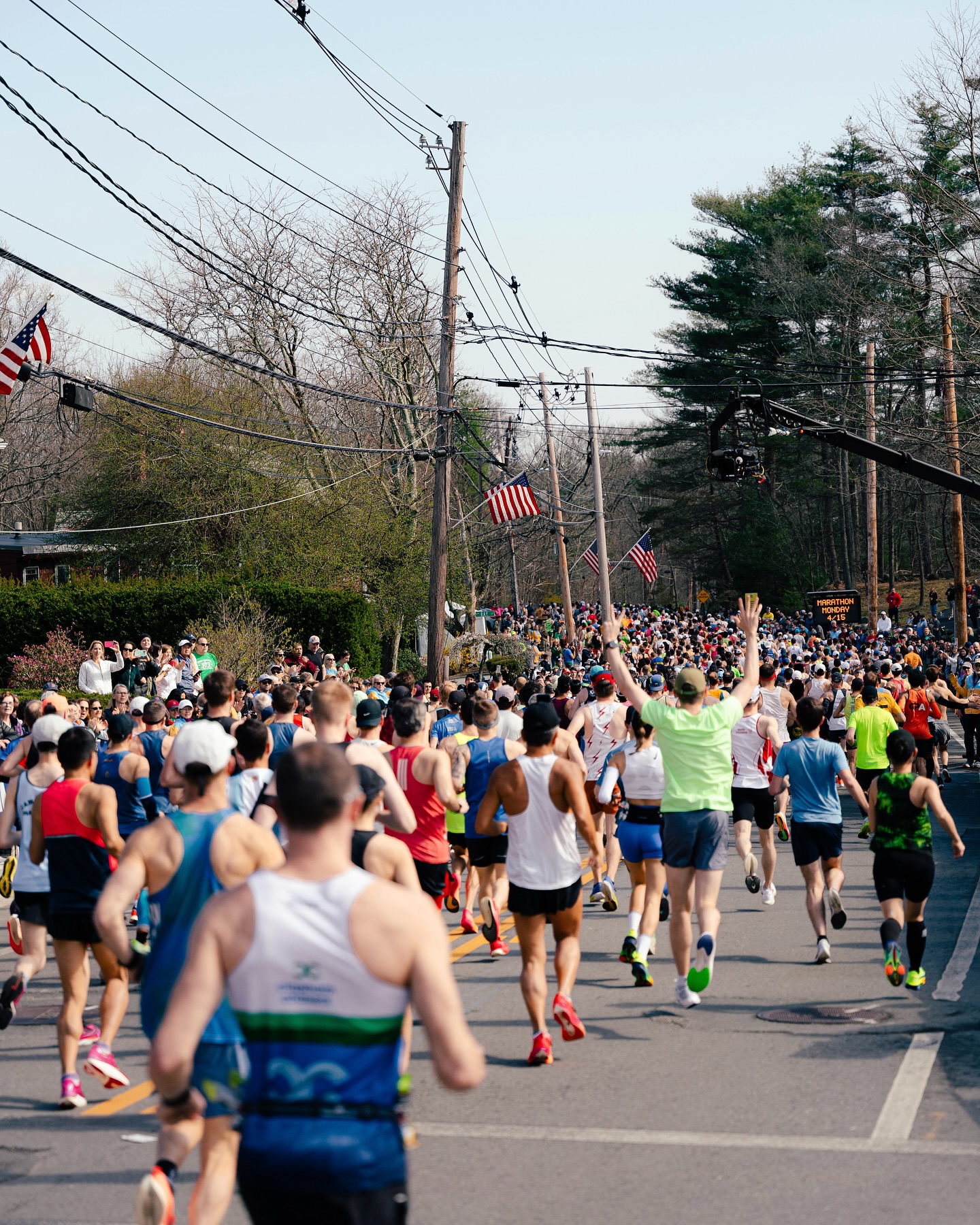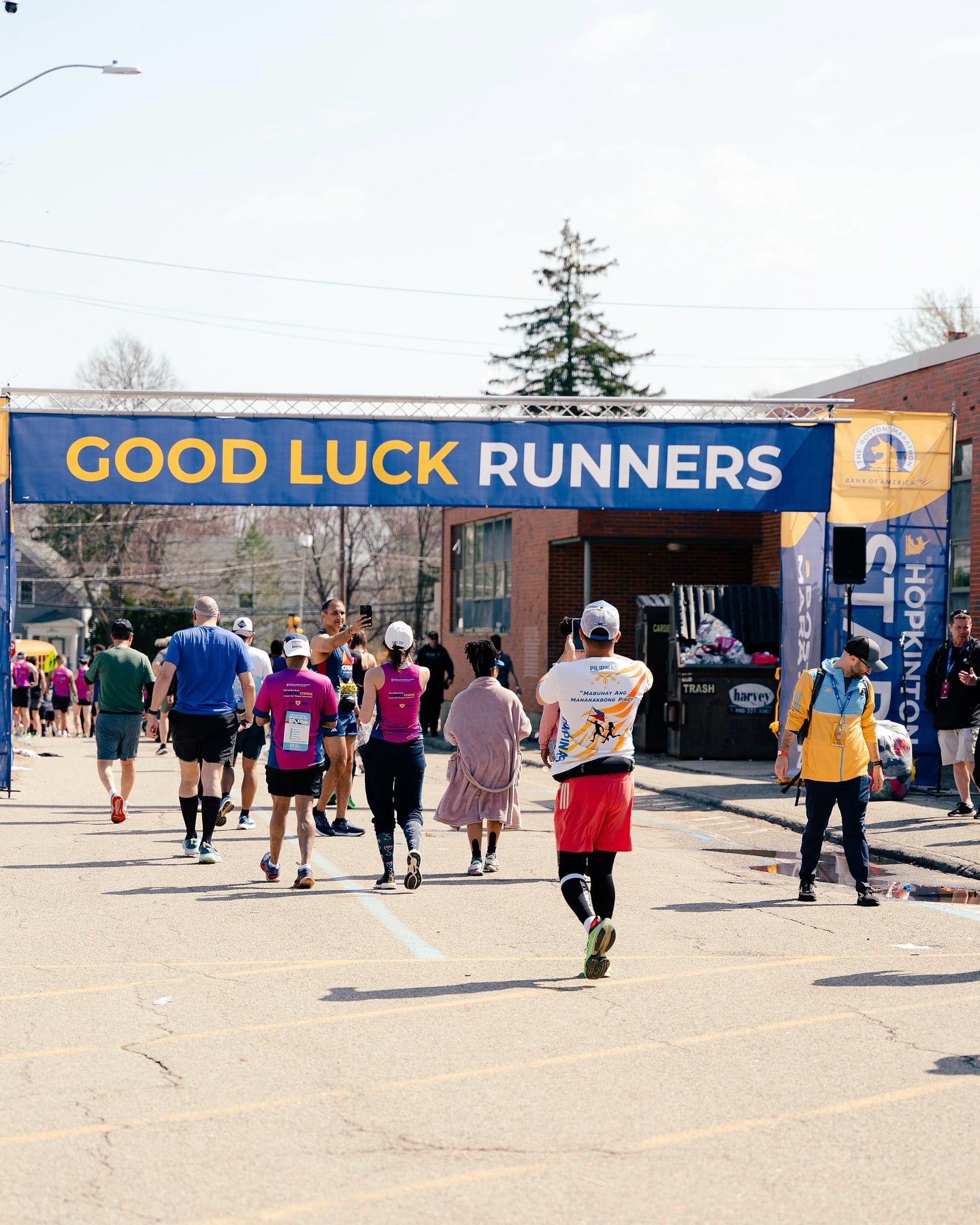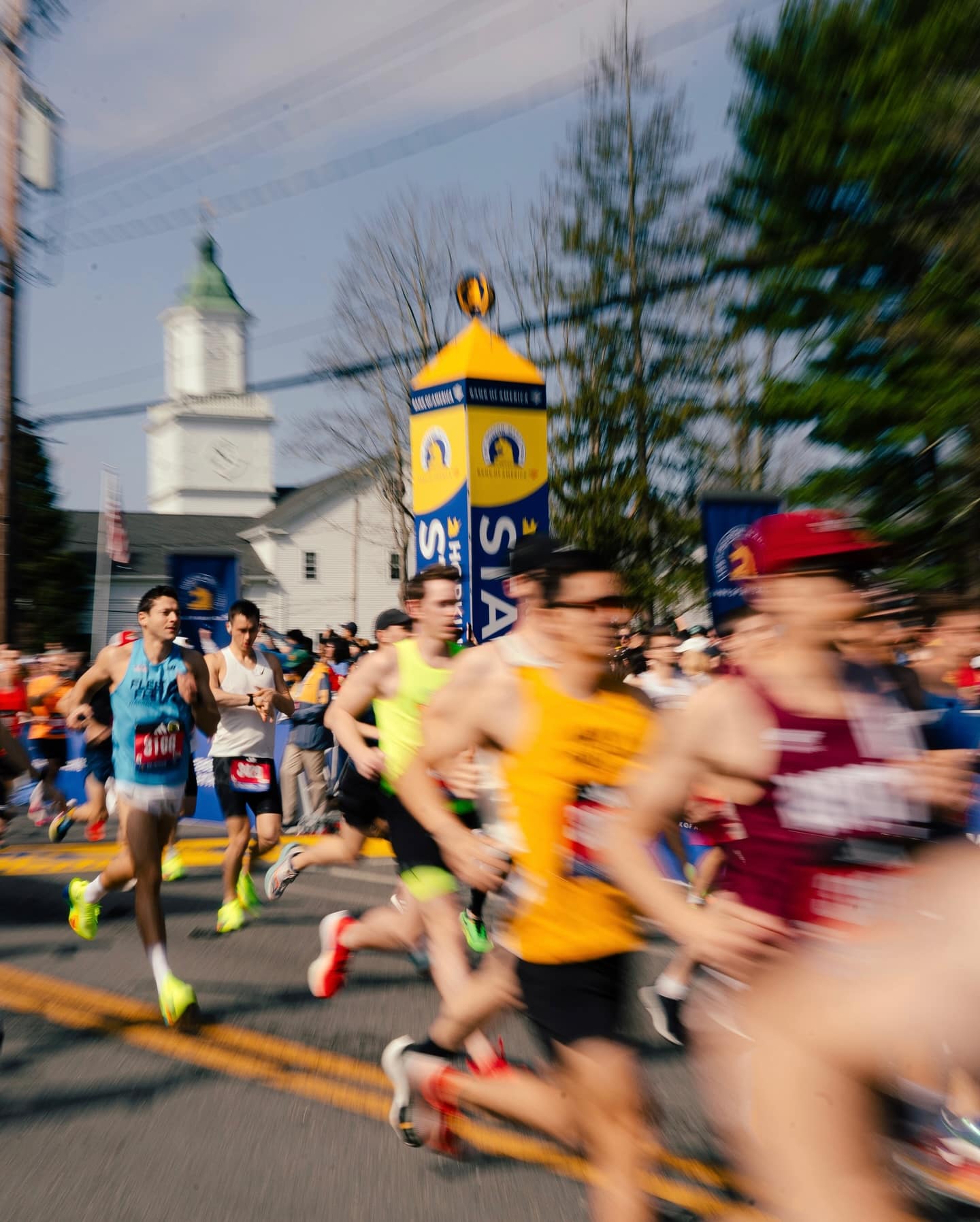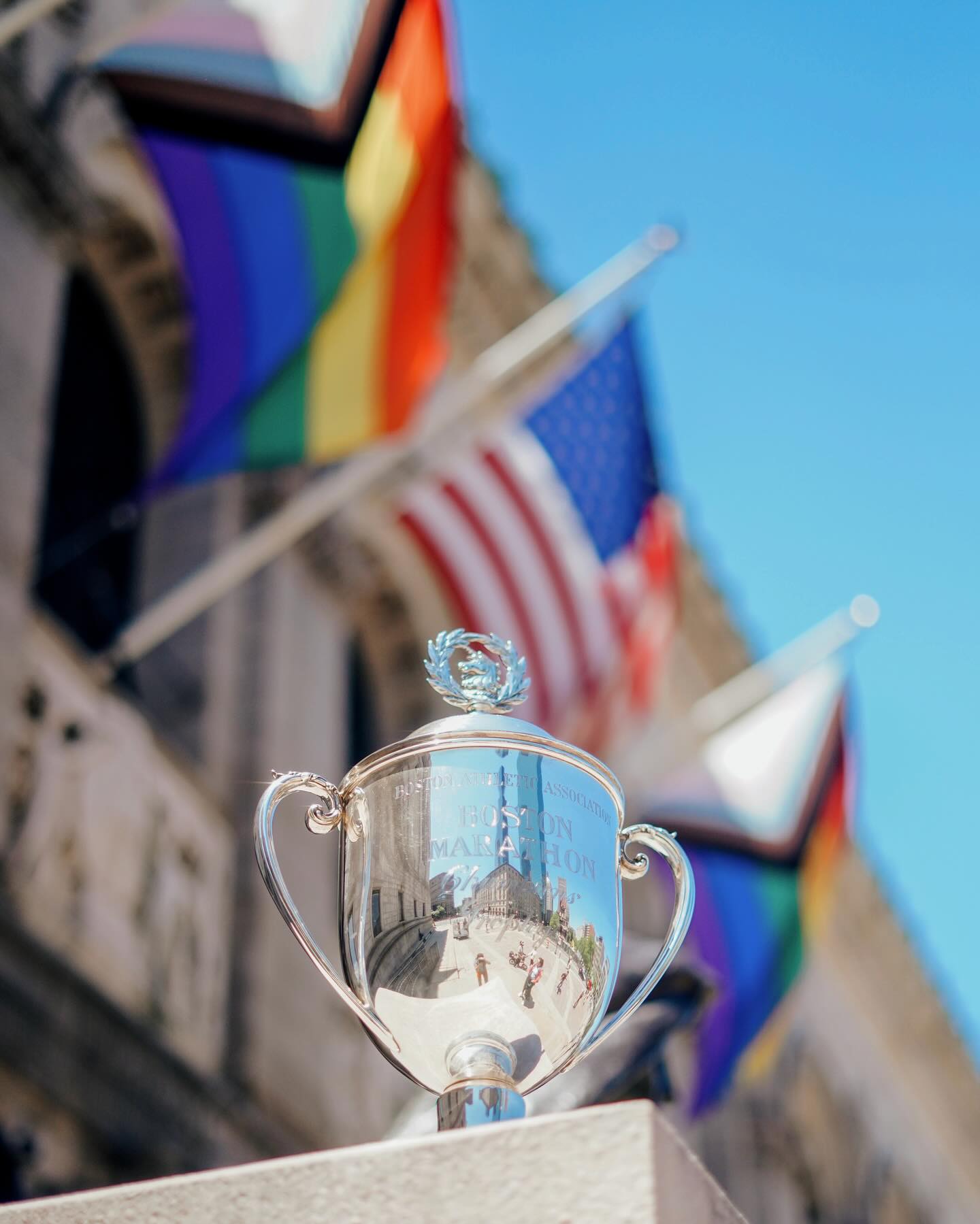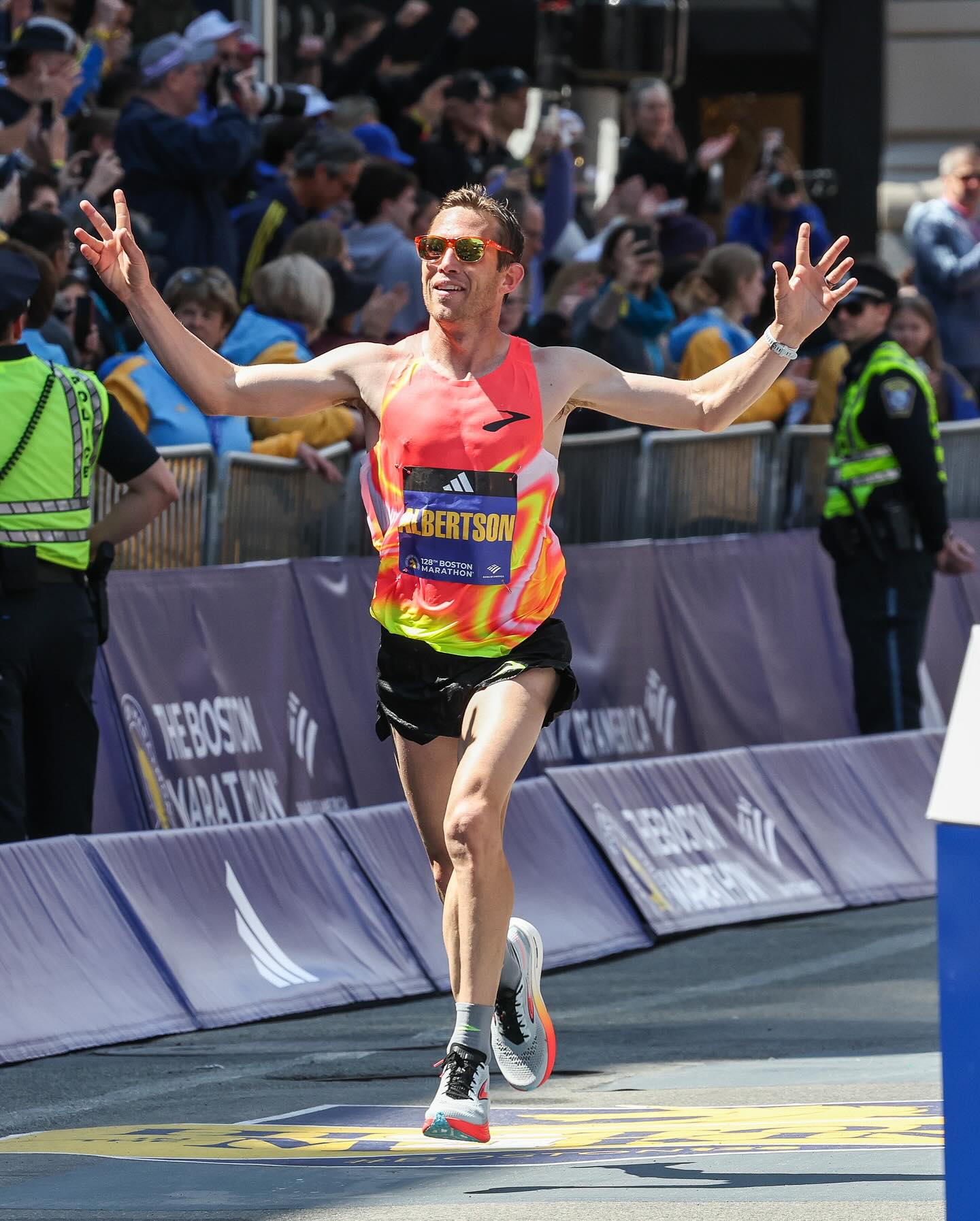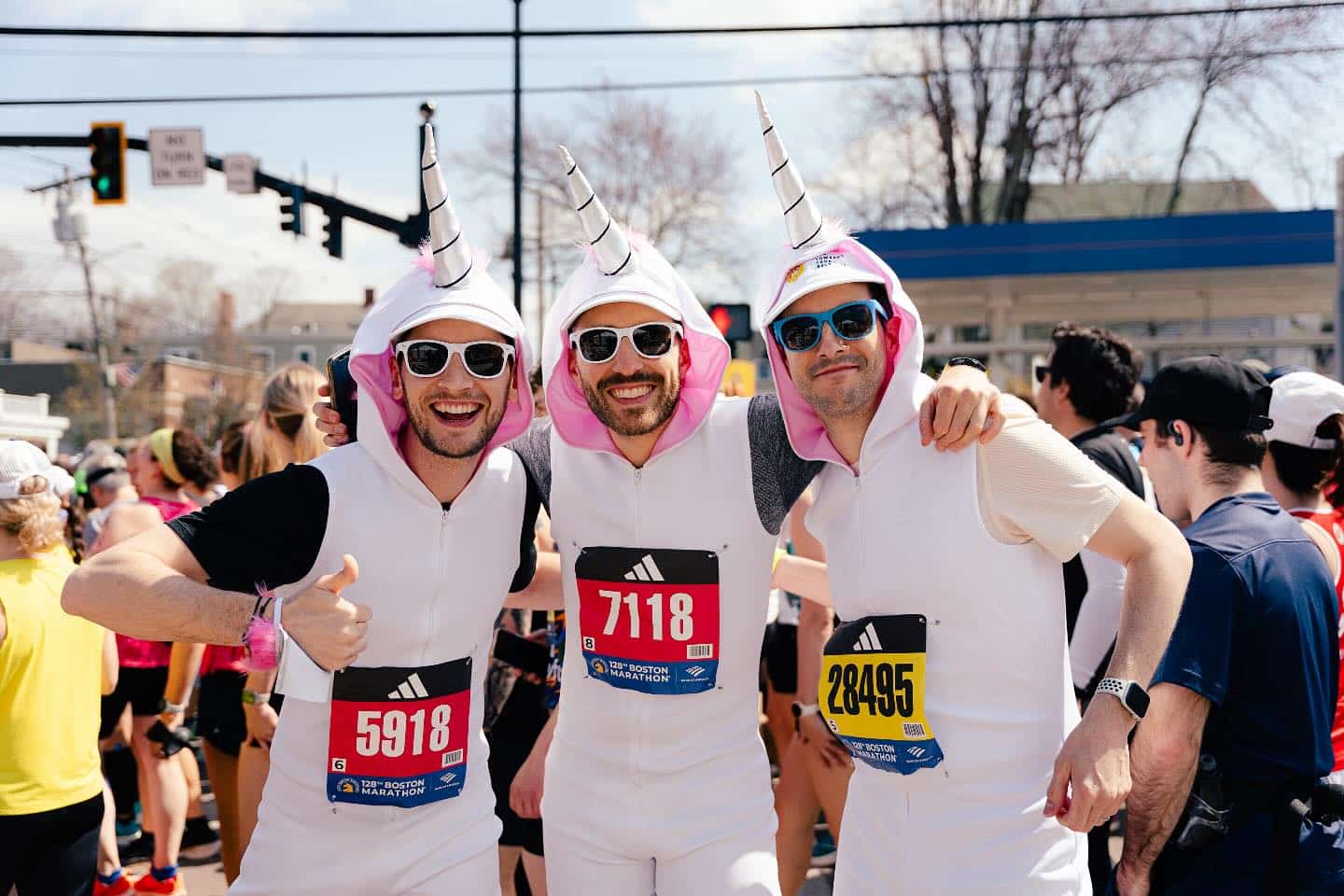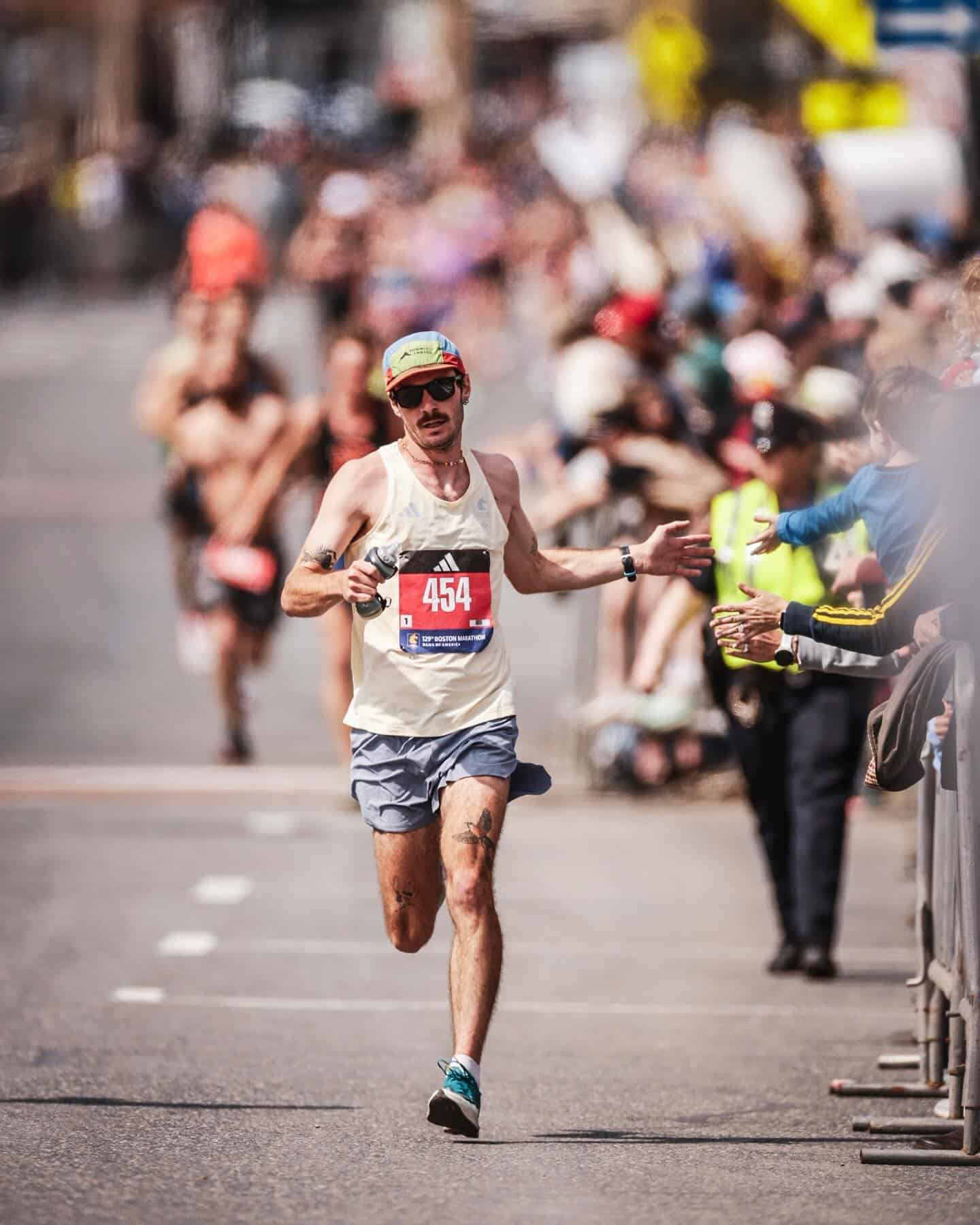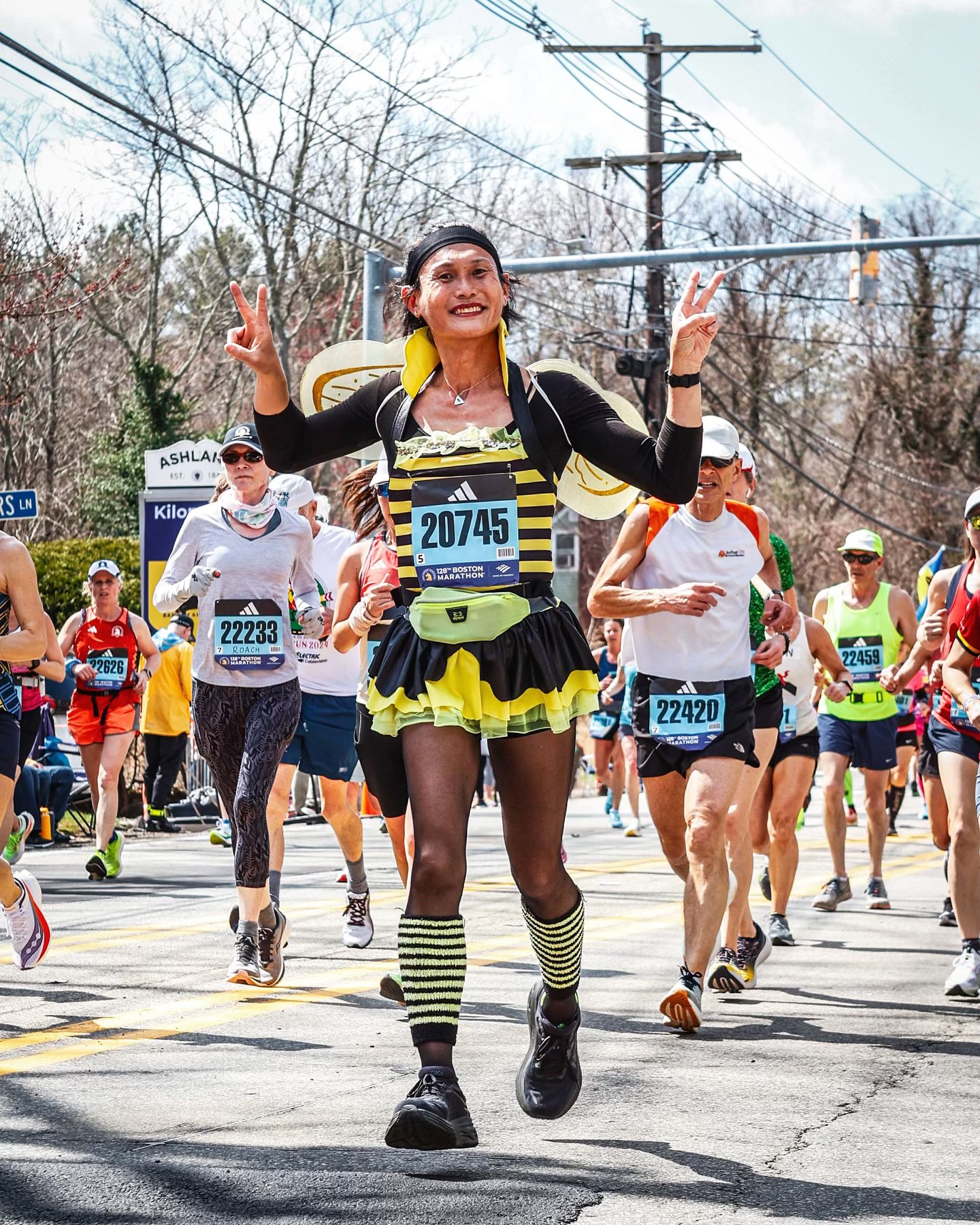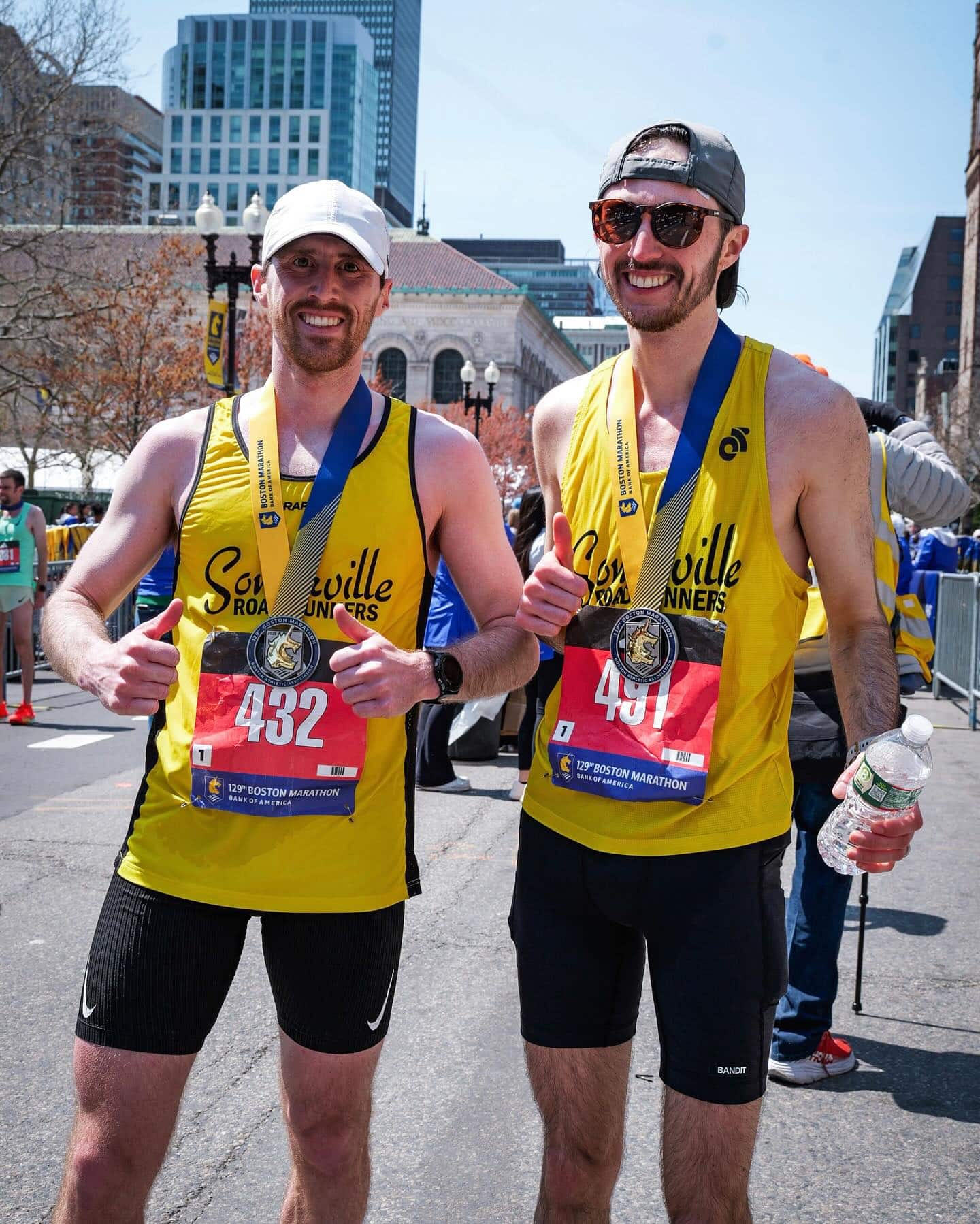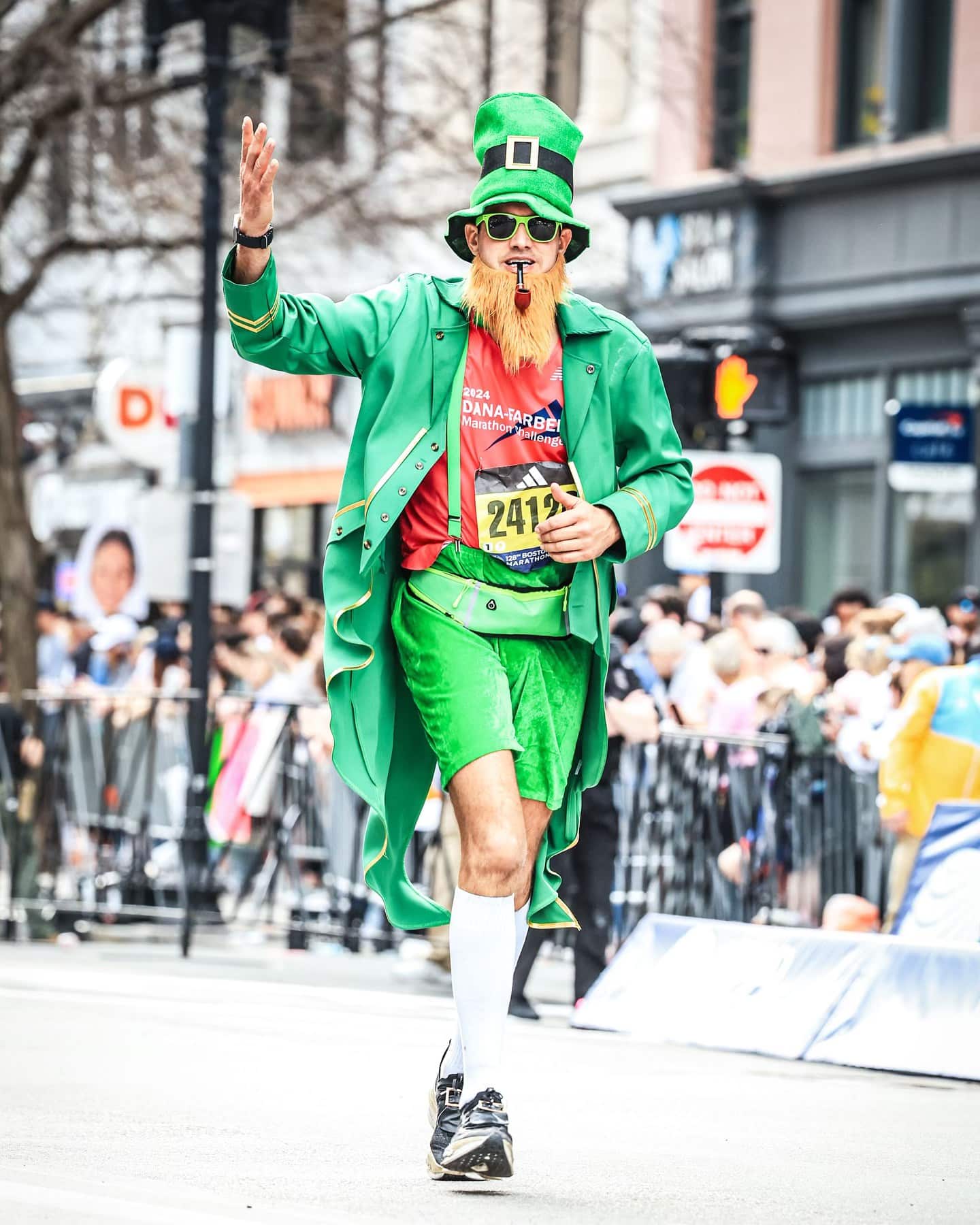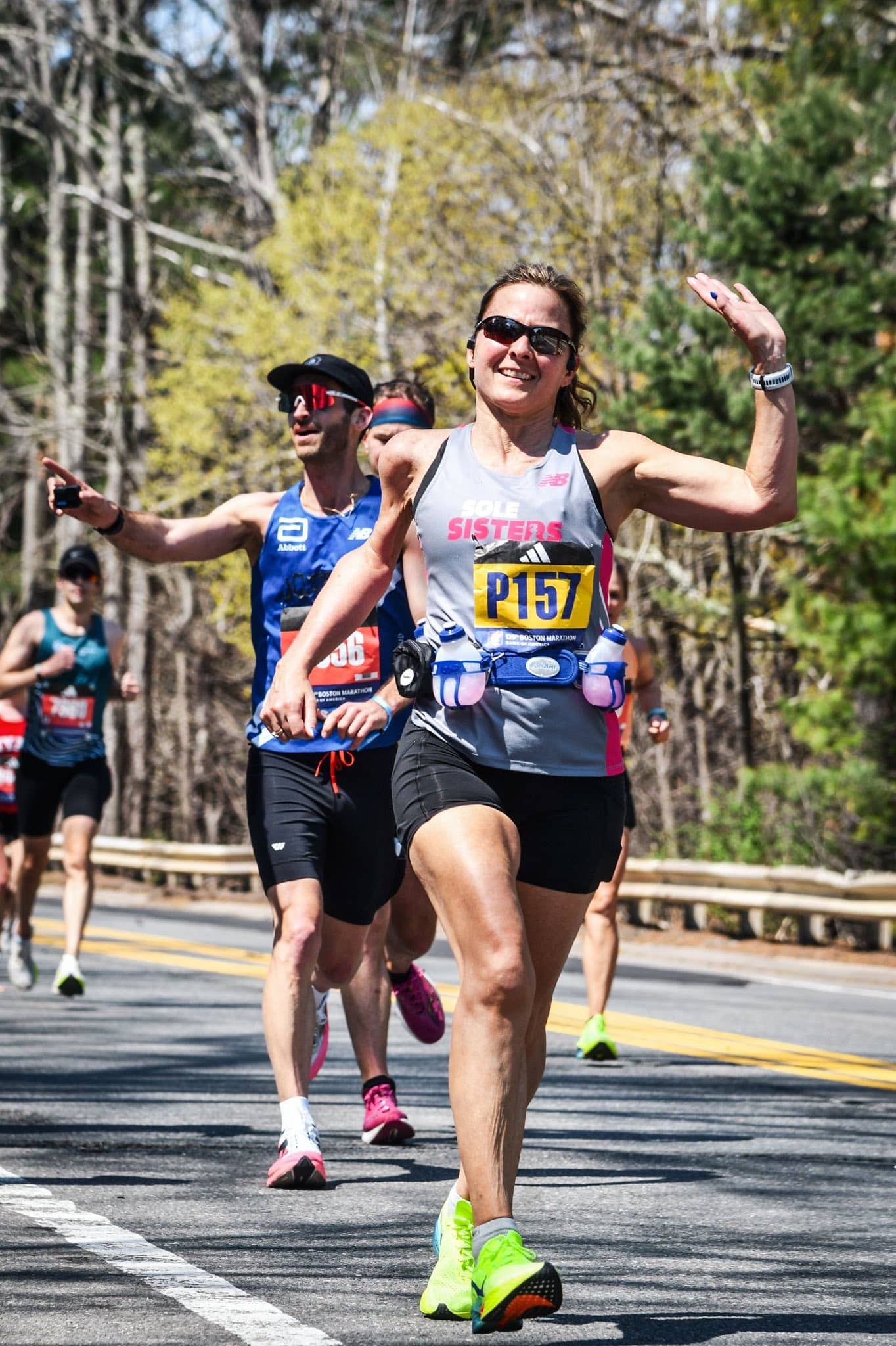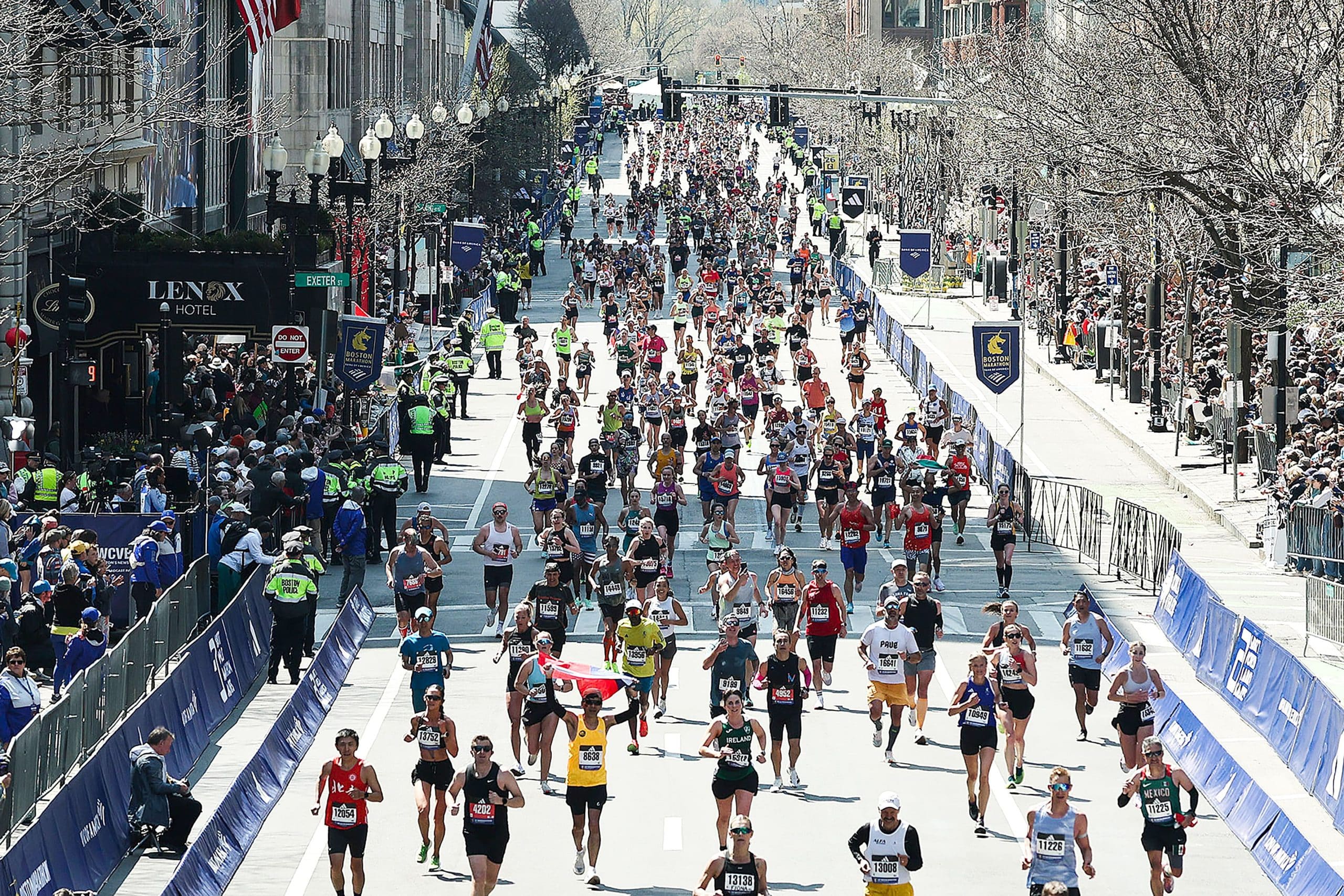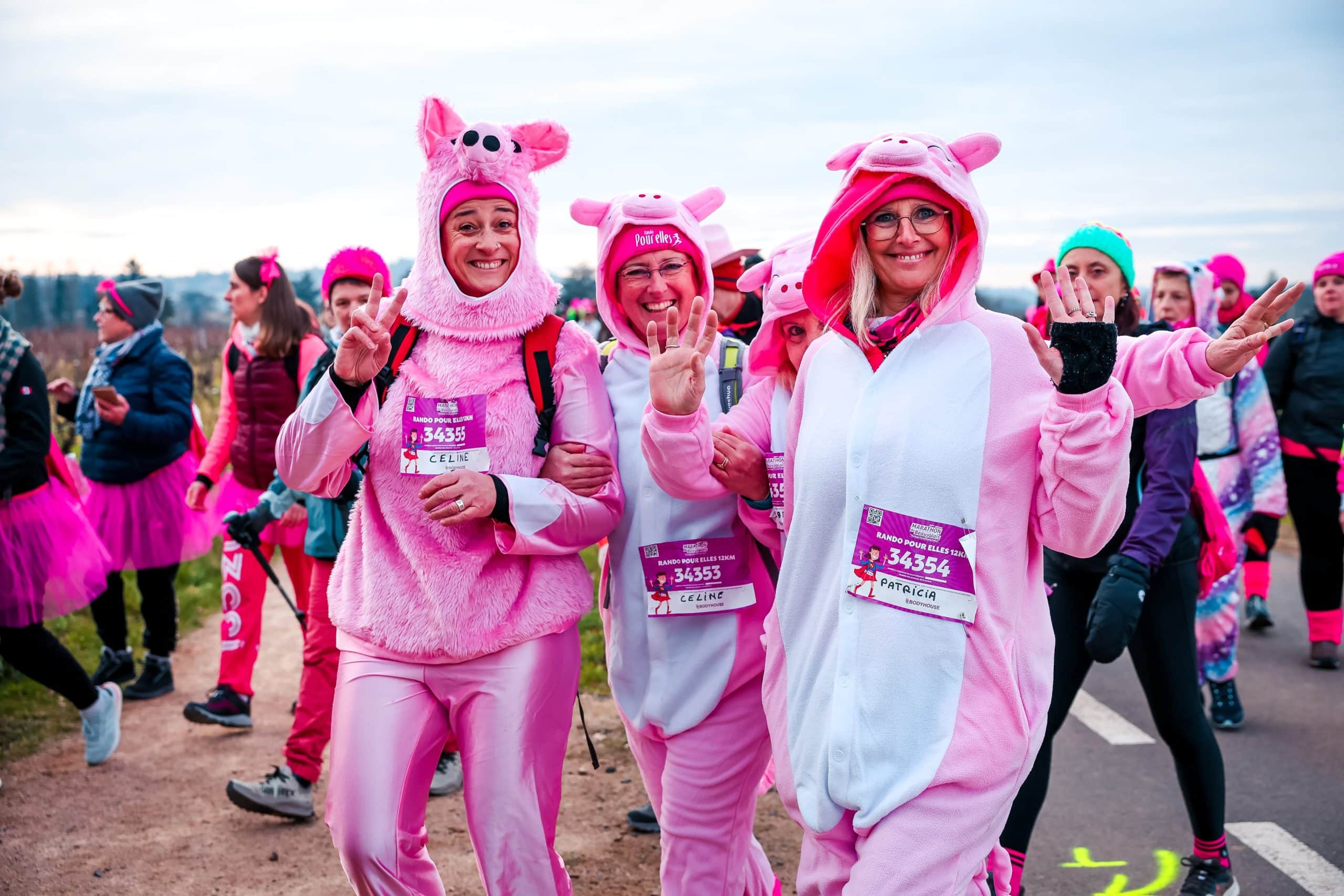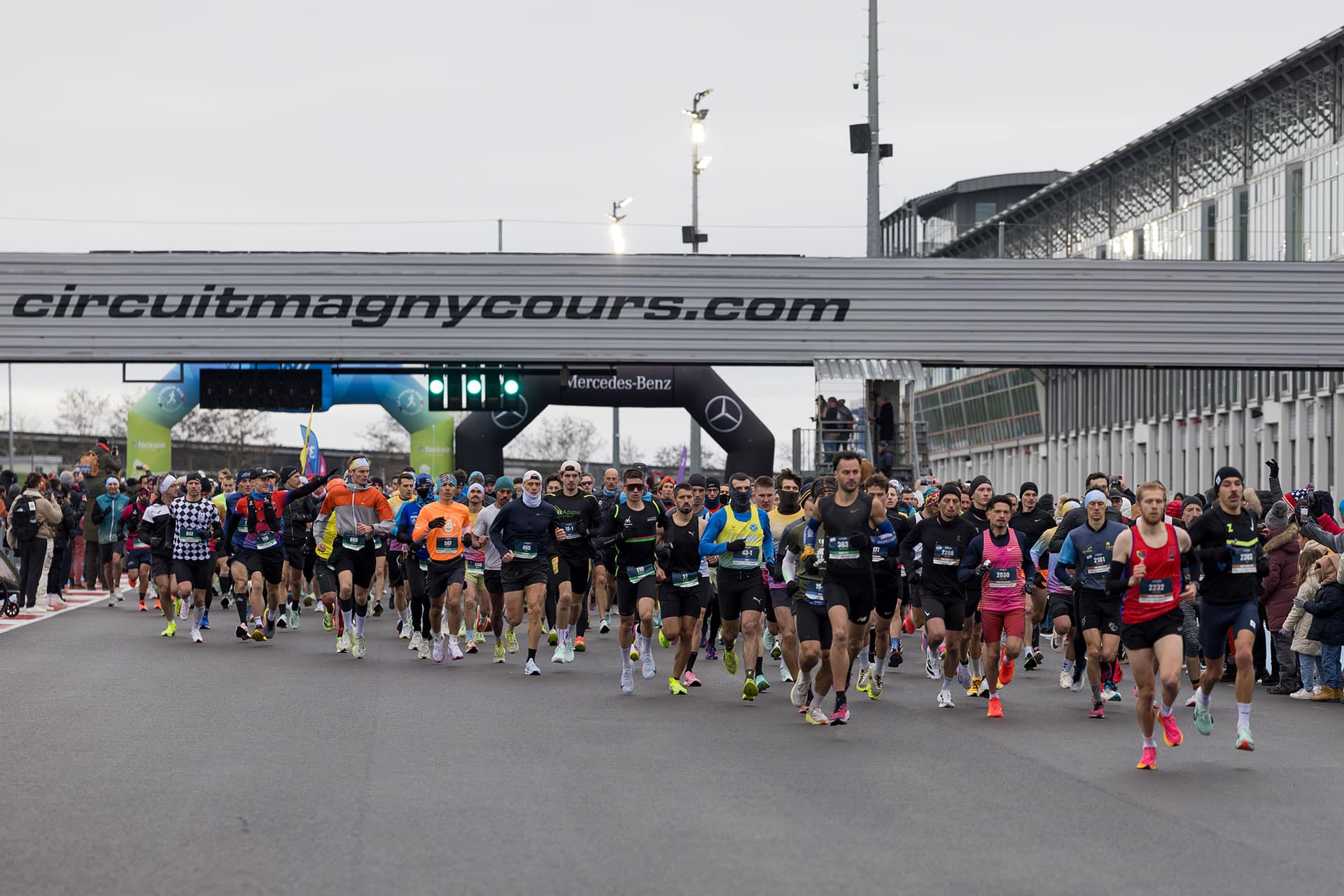Boston Marathon Tightens Qualification Standards
The announcement has stirred quite a buzz in the marathon world, especially across the United States. The Boston Athletic Association (BAA), which organizes the iconic Boston Marathon, has just updated its qualification rules. Starting with the 2027 edition, race times achieved on courses with significant net downhill elevation will be adjusted upwards before being accepted as qualifying times.
In other words, if your plan was to earn your BQ (Boston Qualifier) by running a downhill marathon, you’ll need to run even faster. Qualifying for Boston has always been a major achievement. Now, it’s about to get even tougher. Here’s what you need to know.
| Why the change?
The Boston Marathon is the holy grail for distance runners—a dream steeped in tradition and prestige since 1897. But reaching that dream has never been harder.
For the 2025 race, 12,324 runners who met the official qualifying time standards still didn’t get a spot. Why? Because interest in marathoning has exploded, yet the number of available bibs remains limited—around 30,000 in total, with approximately 6,000 reserved for sponsors and charity entries. As a result, just hitting the BAA’s qualifying standard is no longer enough. You need to beat it by a considerable margin.
For the 2025 edition, runners needed to finish 6 minutes and 51 seconds faster than their age-group standard to secure entry. That cutoff varies year to year, but the trend is clear: the competition is increasingly fierce.
| Downhill marathons under scrutiny
Given the rising demand, many runners have started targeting races designed for fast times—flat courses, ideal weather… and increasingly, downhill marathons, where gravity gives a notable boost from start to finish.
These significantly downhill courses, which have become more common in recent years—especially in the U.S.—offer a clear advantage. And the BAA’s data backs this up: athletes who qualify on these courses tend to underperform in Boston.
For example, as reported by Running with Rock, among women under 40:
➜ Those who qualified on steep downhill courses ran 25 minutes and 07 seconds slower on average at Boston than their qualifying time.
➜ Those who qualified on flat courses showed a much smaller average gap of 11 minutes and 26 seconds.
The conclusion? Downhill qualifiers benefit from an artificial advantage and are less likely to replicate that performance on Boston’s challenging course.
| A new time adjustment system
To address this imbalance, the BAA is introducing a novel system to adjust qualifying times based on net elevation drop. Here’s how it works:
| Net downhill | Time index |
|---|---|
| 0-1,499ft | 0:00 |
| 1,500-2,999ft | +5:00 |
| 3,000-5,999ft | +10:00 |
| Over 6,000ft | Not eligible |
For reference, here are the qualifying times for the Boston Marathon. You can find all the registration details in our dedicated article.
| Age Group | MEN | WOMEN | NON-BINARY |
|---|---|---|---|
| 18-34 | 2h 55min 00sec | 3h 25min 00sec | 3h 25min 00sec |
| 35-39 | 3h 00min 00sec | 3h 30min 00sec | 3h 30min 00sec |
| 40-44 | 3h 05min 00sec | 3h 35min 00sec | 3h 35min 00sec |
| 45-49 | 3h 15min 00sec | 3h 45min 00sec | 3h 45min 00sec |
| 50-54 | 3h 20min 00sec | 3h 50min 00sec | 3h 50min 00sec |
| 55-59 | 3h 30min 00sec | 4h 00min 00sec | 4h 00min 00sec |
| 60-64 | 3h 50min 00sec | 4h 20min 00sec | 4h 20min 00sec |
| 65-69 | 4h 05min 00sec | 4h 35min 00sec | 4h 35min 00sec |
| 70-74 | 4h 05min 00sec | 4h 50min 00sec | 4h 50min 00sec |
| 75-79 | 4h 05min 00sec | 5h 05min 00sec | 5h 05min 00sec |
| 80 years and over | 4h 05min 00sec | 5h 20min 00sec | 5h 20min 00sec |
Let’s take a concrete example. A 30-year-old woman needs to run 3:25:00 to meet the BQ standard. If she runs that time on a course with a 500-meter net elevation drop, the BAA will add five minutes to her result. Meaning she would have needed to run 3:20:00 or faster to have her time accepted.
But that’s just part of the story. Due to the competitive cutoff system, runners often need to go well beyond their age-group standard. In 2025, our example runner would actually need to aim for around 3:13:00 to realistically get a bib. That’s a far cry from 3:25:00.
| 24 U.S. marathons already affected
So far, 24 U.S.-based marathons have been flagged for adjustment. Among the most notable:
➜ Revel Mt. Charleston Marathon (Las Vegas, Nevada): With a staggering 1,600 meters of net downhill, it’s essentially a full descent.
➜ Revel Big Cottonwood (Utah) and Mesa Marathon (Arizona): Known for their ultra-fast courses—now significantly less “BQ-friendly” under the new rules.
For many of these events, being a Boston Qualifier is a key marketing point—sometimes the main one. These organizers will now need to comply with the BAA’s new regulations and may be forced to redesign their courses to reduce net descent, all in hopes of remaining attractive to runners chasing a Boston spot.
One high-profile race that escapes these new penalties? The California International Marathon (CIM)—a West Coast favorite—remains within the acceptable range, with a net drop of 305 meters, and won’t be affected.
| A Push for fairness
The BAA has made it clear: this isn’t about punishment, but fairness. Until now, no penalty was applied for downhill courses, even though strict criteria already govern official world records and U.S. Olympic Trials qualifiers.
This marks a turning point for Boston, which is determined to maintain its status as a prestigious and fair race. The days of easy qualifying routes are over. Everyone should earn their spot on a level playing field.
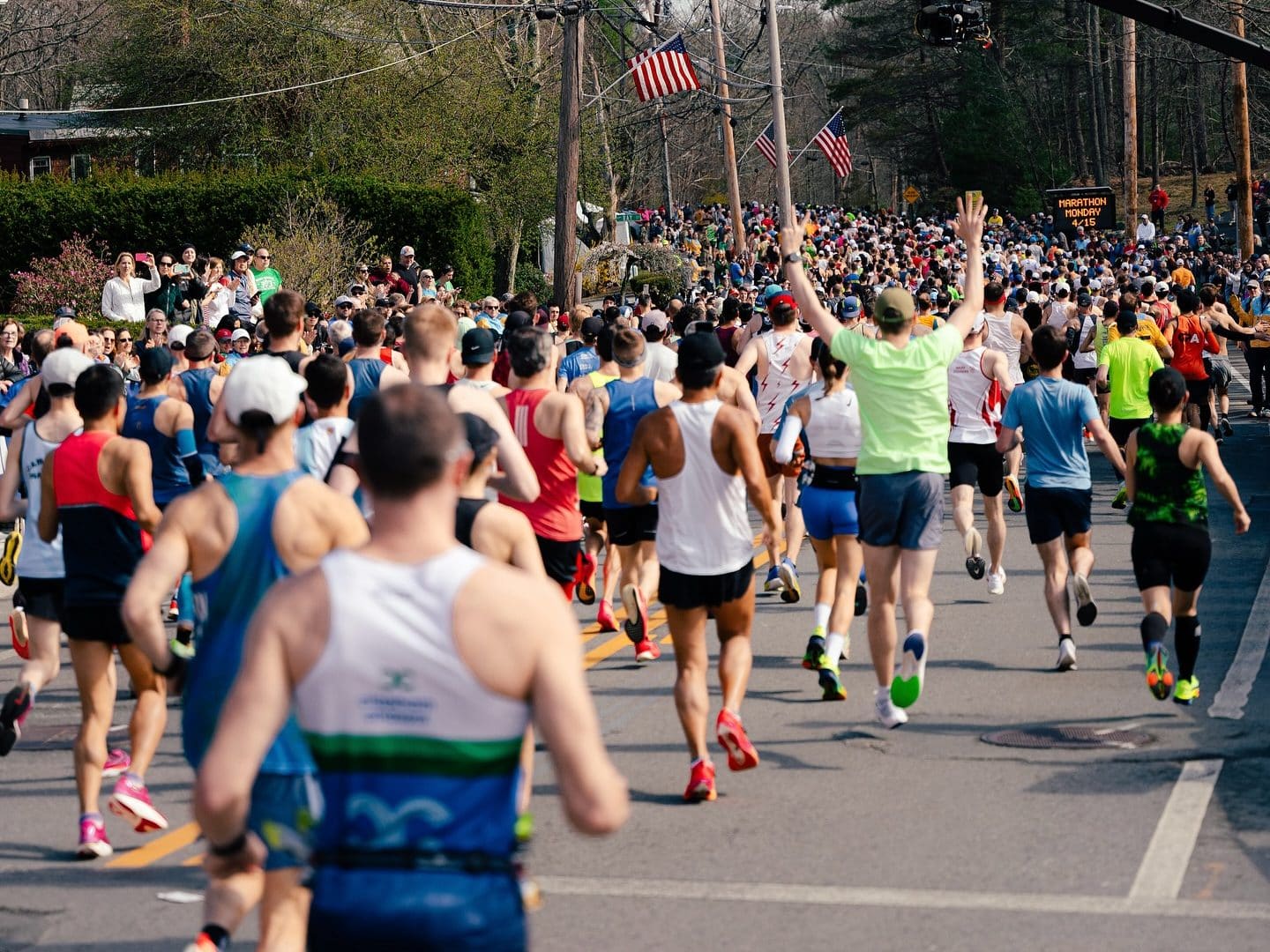
| A divisive decision
Naturally, the move has sparked debate.
Some runners argue that downhill marathons are far from easy. They demand strong legs, bombproof quads, and a very specific training plan. From their perspective, the adjustment penalizes serious athletes who prepare diligently for these races.
Others welcome the decision as long overdue. If a qualifying time is boosted by gravity, they say, it shouldn’t automatically grant entry into a race like Boston. Online forums are full of heated discussions—but the BAA’s verdict is final.
For anyone aiming for Boston in the coming years, course profile will now be critical. A downhill marathon might still deliver an impressive time—but it may not count without adjustment. You’ll either need to run faster, aim for a flatter course, or both.
By applying this elevation-based correction system, the BAA is reinforcing the historical sporting integrity of the Boston Marathon. It’s a major shift in the qualifying landscape—one that shakes up old habits but might be a necessary step toward a fairer race, even if some runners already miss the magic (and momentum) of the downhill advantage.
✔ You can read the official announcement on the Boston Athletic Association website.
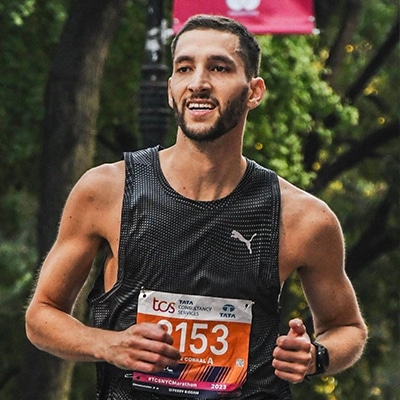
Clément LABORIEUX
Journaliste
